The 10to19: Dasra Adolescents Collaborative is India’s leading platform that focuses on centering youth voices and creating champions to address adolescent issues at scale
This is a documentation of key learnings and impact from DAC’s 3 year journey as a collaborative, which began in 2017. India’s adolescents (between the ages of 10 to 19) comprise the world’s largest group of young people. If properly invested in, this group has the potential to change the economic course of the country and shake deeply rooted social norms across generations
India is home to
254M adolescents
accounting for ~20% of India’s population.
By 2027, India will have the largest workforce in the world
4.75M young indians
entering the workforce every year since 2012.
The world stands to gain
$50 Billion a year
in potential earnings by bringing girls into the workforce, either through formal employment or support for female entrepreneurs
With the world’s largest youth population, and a
disproportionately high burden of the SDGs,
improving SDG indicators for adolescents in India
will be critical to improving them for the world.
Despite being a high-potential population,
adolescents are also extremely vulnerable.
Addressing their wellbeing and needs requires a
collaborative, multi-level approach including a
variety of actors.
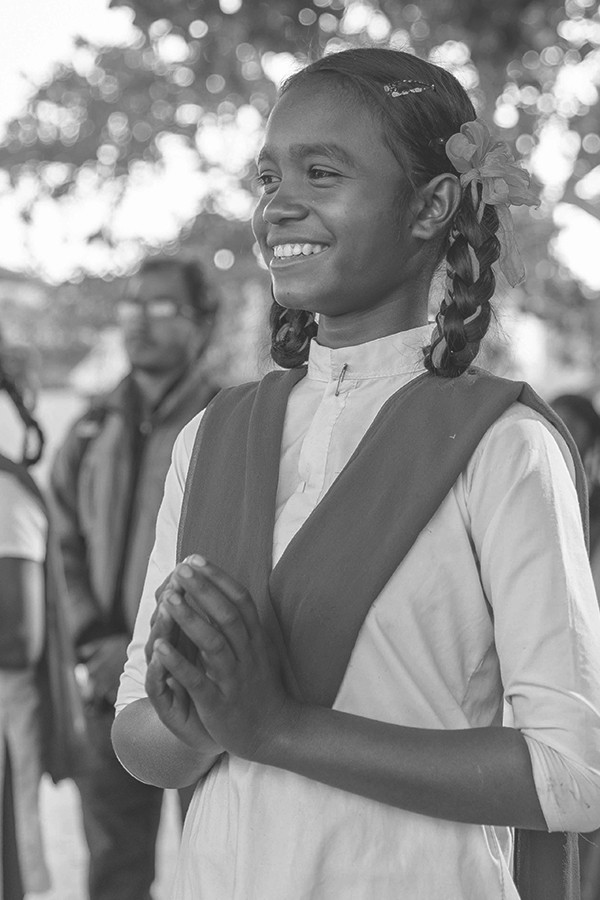
In 2015-16, the conversation about children never extended to the conversation about adolescents, even though adolescence is a such a complicated phase. Through its framework and work, 10to19 brought legitimacy to the field and was able to highlight the need for non- health interventions for adolescents
Sector Expert
The 10to19: Dasra Adolescents Collaborative was established to address issues on multiple levels
Till about 2017, the sector's focus on bringing about transformational change within adolescent work was dispersed and limited.

- FUNDERS : Funders typically adopted a siloed, sectoral lens like health, education, etc. Overall, adolescent wellbeing remains underinvested
- NONPROFITS : Similarly, most nonprofits’ theory of change was around sector-based outcomes. This limited their influence on critical elements of adolescent development. Issues such as agency and adolescent rights remained ignored
- OTHERS : There were hardly any platforms that amplified youth voices and codified knowledge related to this demographic
- Critical decision and policy-makers at state and national levels did not center youth voices in policy design and implementation, suggesting a lack of capacity and know-how on the topic
- There were limited financial and technical resources allocated to adolescent-related programs such as the Rashtriya Kishor Swasthya Karyakram.
- Lack of alignment and limited coordination and collaboration between different government ministries (such as health and education) on adolescent issues reduced the cohesiveness of these programs/ funding
- Economically and socially marginalised adolescents often lack basic resources (education, healthcare, sanitation etc.) and agency (autonomy and decision-making) leading to dismal psychosocial and other development indicators
- Marginalisation is driven by deep rooted socio-cultural norms (e.g., lower priority for girls education, child marriage, need for early conception, role of girl as child bearer, taboos on family planning and child spacing)
The complexity and multi-dimensionality of this challenge required collaborative action. Through this approach, the expertise, resources and networks of multiple stakeholders were leveraged to bring about population-level change.
Our Solution
Vision
A transformed India where millions of adolescents thrive with dignity and equity
Mission
To drive collaborative action towards scalable impact to ensure that adolescents are educated, healthy and empowered to make positive choices
Our Approach
A collaborative approach enables scaled impact, higher visibility, and learning across partners
Impact at scale
Bringing together different stakeholders with a focus on centering youth voices drives deeper impact and higher scale
Visibility and Influence
DAC’s cohesive focus on government advisory through programming, systems strengthening, and policy campaigning has increased the visibility of adolescent issues as a field
NICHE AND DIVERSE EXPERTISE
No one actor can meet the multiple and complex needs (funds, knowledge, field presence, policy influence, networks) to build this field, different stakeholders bring complementary skills, experience and assets to the issue
Strong Learning Agenda
The collaborative invests in identifying best practices for peer-learning and knowledge sharing; learning by doing across partners enables growth of an underinvested field and demographic
Through Phase 1 (2017-2020), the Collaborative's work linked to the following SDG outcomes:
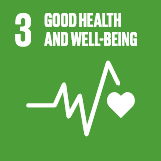
sdg 3
Good health and well being
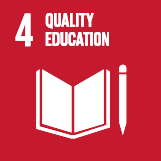
sdg 4
Quality Education
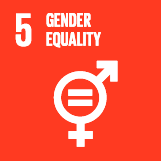
sdg 5
Gender Equality
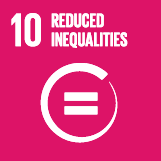
sdg 10
Reduced inequalities
program components
THE COLLABORATIVE’S PARTNERS INCLUDE NGOS, FUNDERS, GOVERNMENTS AND EXPERTS IN 6 STATES
5 Government partners
CENTRE: Ministry of Health and Family Welfare, NITI Aayog
STATE: Govts. Of Jharkhand, Chhattisgarh, Assam
270+ STRONG COMMUNITY OF PRACTICE
National: 270+ members Jharkhand: 220+ members
22 FIELD FOCUSED FUNDERS
Kiawah Trust, USAID, CIFF, Tata Trusts, Fondation Chanel, Bank of America, Packard Foundation, and 14 individual funders.
Pan India
Campaigns in Jharkhand, Rajasthan and Uttar Pradesh
270+ CoP Partners
Field building & creating a national network
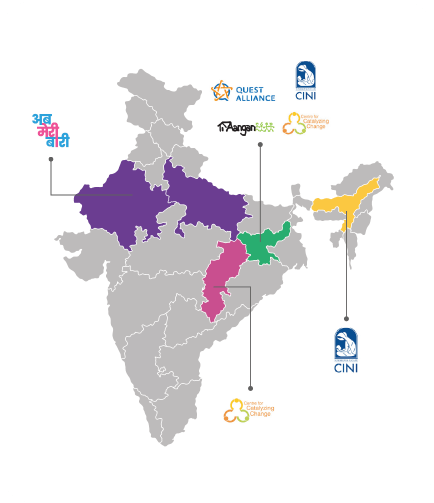
Assam, Jharkhand & Chhattisgarh
Direct Implementation in 3 states
Four key implementing partners
Work in 10 districts across 41 blocks
Our Model
Through phase 1, 10to19 worked through through four interconnected pathways to improve adolescent focused outcomes
Theory of Change
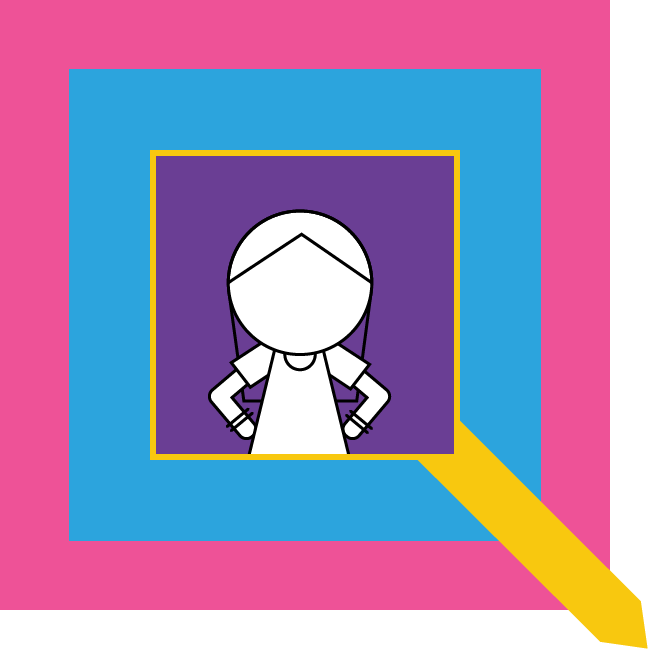
Direct programming by implentation s in partnership with Govt across three focus statutes to improve program delivery (health, education, WCD) and to equip governments to take programs to scale
Engage and advocate to government and public systems to enable policy, resources and/or program support focused on adolescents
Develop a shared identity for adolescents through leadership, funding narrative building, capacity building for partners and platform to amplify practitioner and adolescent voices
Enable success of other impact giateways by bringing together mission aligned partners and resources that operate collaboratively in service of the overarching goals
key outcomes
Reach a critical mass of 5 Million adolescents and enhance four outcomes

Delay age of marriage
Delayed age of first child birth/pregnancy

Completion of secondary school
Increased agency (e.g. self-esteem, self efficacy, decision-making)
In 10 years 10 to 19 will reach a tipping point and multiply its impact across each pathway to support 300 million adolescents to successfully transition to adulthood
ACHIEVEMENTS ACROSS THE 4 IMPACT PATHWAYS
Program Delivery
USD 3.6M+
or INR 26Cr disbursed to 4 non-profit organizations across 3 states
450,000
adolescents reached directly through these programs
12
replicable program components identified and shared with state governments
Public System Strengthening
Provided deep capacity building support to 5 government departments across 3 state governments and 10 districts.
10,939
government front line workers trained & worked with 1624 officials to generate awareness of 10to19’s programs.
12
strategically placed senior level government officials converted to champion adolescent causes
Field Building
USD 50M
Raised from over 34 funders for the adolescent sector
Amplified adolescent voices and perspectives, reaching
26M
people across initiatives and platforms. Also reached readership of 651 M people through media mentions and media sensitization efforts
Established learning network of
12
Organizations participating in regular learning, data and insights cross-sharing
Collaborative Action
Brought together:
22 Funders
4 Implementing Partners
Learning
network of 282 NGOs
Government partners
across 3
states and the center &
Experts and Strategic Advisors
to the Collaborative to successfully operationalize the other three pathways
Program Delivery
We identify, demonstrate and document effective models by working with partners on program design and innovation. We aim to equip governments with data and evidence so as to scale-up adolescent-focused programs and prepare civil society and communities to address adolescent-focused issues.
What we did
Funded and supported design of program delivery and program innovations through implementation partners

Collected data and evidence from the field on best practices and program impact
Built capacities of partner organizations to enable them to scale program
Documented and shared best practices on program delivery with government and civil society stakeholders
Collaborated with government to identify scaling mechanisms and other program efficiency levers
what we have achieved
450,000
adolescents directly through these programs
7
Cross-partner trainings conducted to improve program alignment and knowledge sharing
7000+
peer educators engaged to mobilize and support adolescents
50,000+
community members sensitized on adolescent-focused issues
8000+
Frontline workers trained
2000+
local self-governing body members trained
Public Systems Strengthening
We aim to support effective implementation by working closely with the government to build capacity of public systems, enable policy-making that is more responsive to adolescent needs and incorporate adolescent voices within existing government programs.
what we did

Partnered with and build capacity of governments and public systems at all levels (district, state etc.)

Equipped government stakeholders with research, recommendations, knowledge and evidence on adolescent focused programs and issues

Built champions for adolescent issues within government stakeholders

Advocated for changes in better program design and delivery to better incorporate youth voices

Supported interdepartmental convergence and advised governments to prioritize adolescents in budgetary commitments

Supported the creation of systems and processes that integrate adolescent needs into government structures
what we have achieved
Secured official partnership with the Government of India and the Governemnt of Jharkhand to amplify youth voice
as an official partner to integrate adolescent and youth voices into systems
Partnered with the the Ministry of Health and Family Welfare
to provide a platform for young people to voice their opinions and support social change during the COVID-19 pandemic
Provided recommendations to government bodies
on key adolescent needs
Strengthened implementation of RKSK
by improving program delivery and unlocking a greater share of its budget
Successfully initiated national and state level scale up of adolescent SRH delivery solutions
of innovations in SRH service delivery for adolescents under RKSK’s Adolescent Days program
Increased regular intra-department reviews and inter-department convergence to improve overall system accountability
Field Building
We aim to further strengthen the field by mobilizing multiple stakeholders, increasing funding, research and thought leadership, providing capacity building support to partners, and creating platforms to amplify practitioner and adolescent voices on issues pertinent to adolescent health and wellbeing.
What we did
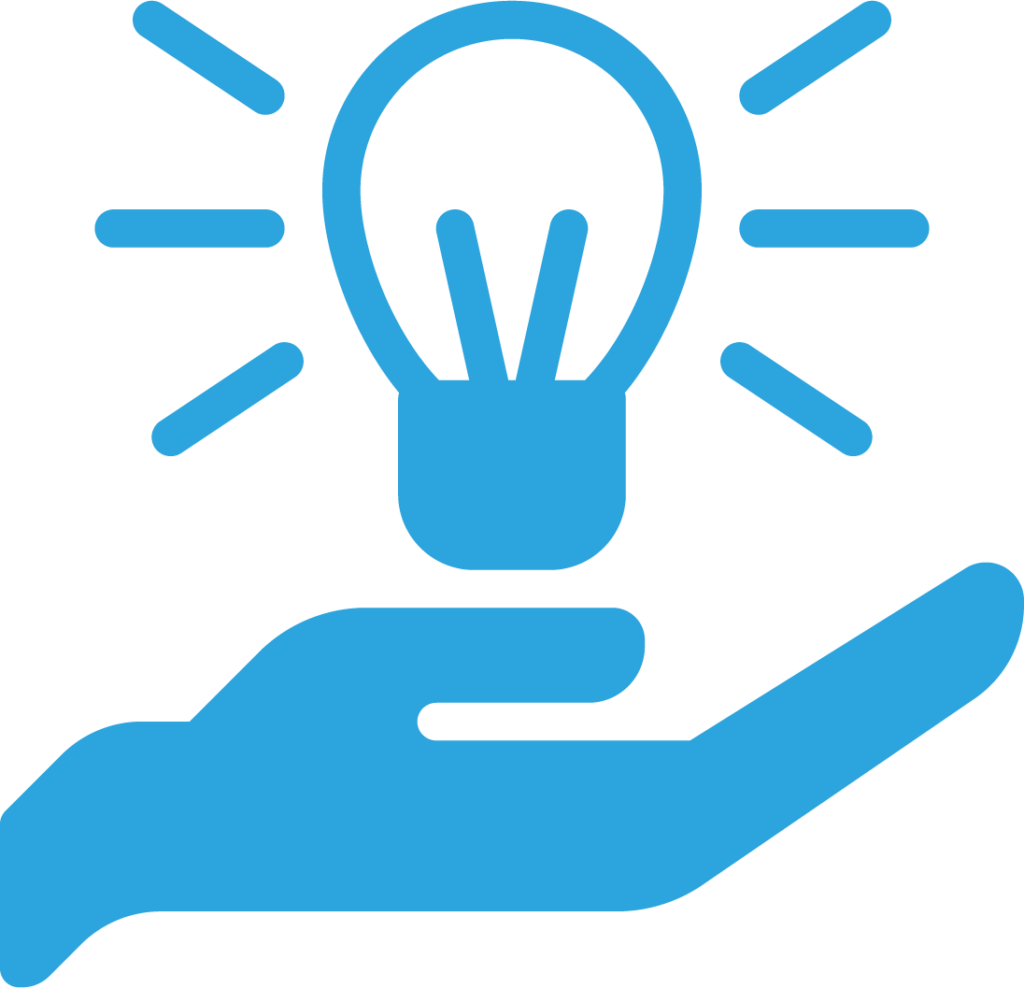
Developed and leveraged knowledge base by conducting research and disseminating best practices
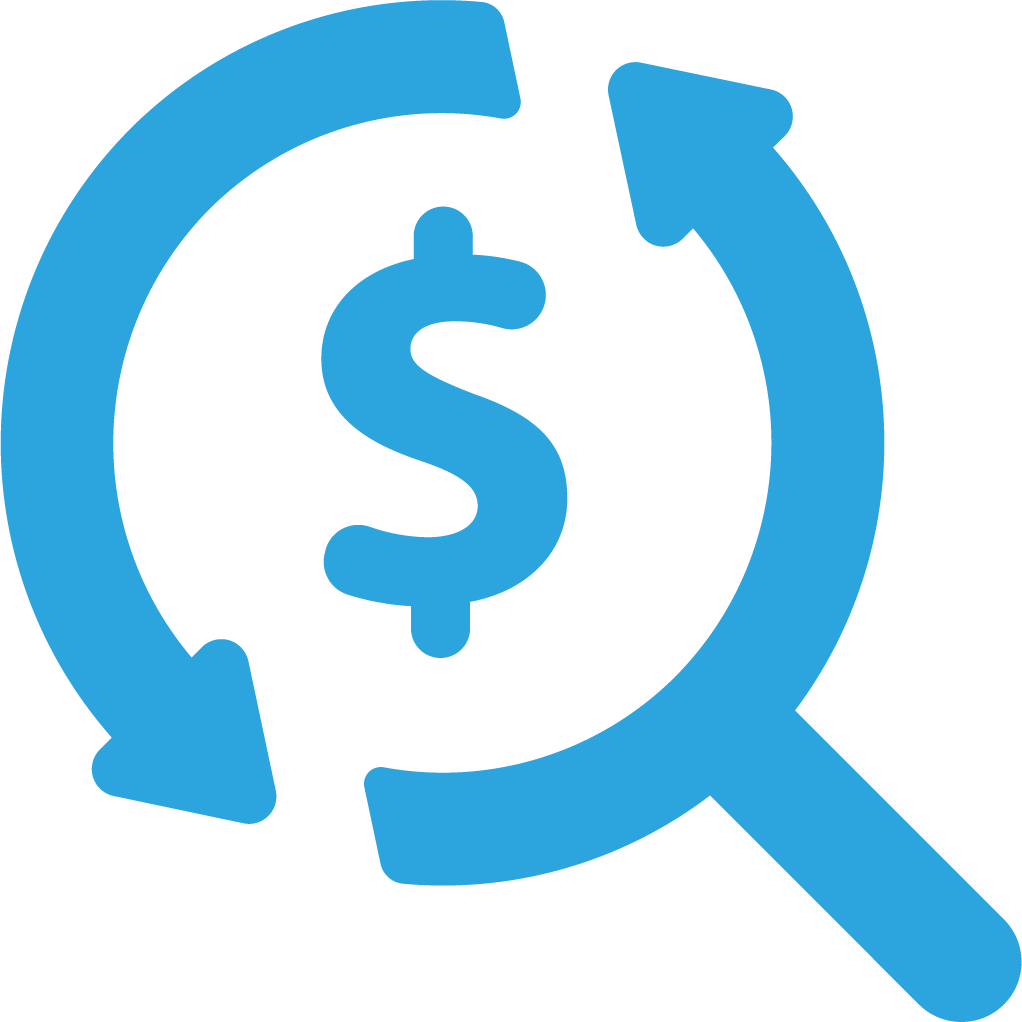
Channeled funding by aligning stakeholders

Created network of focused organizations by convening stakeholders

Changed the narrative to enable field growth
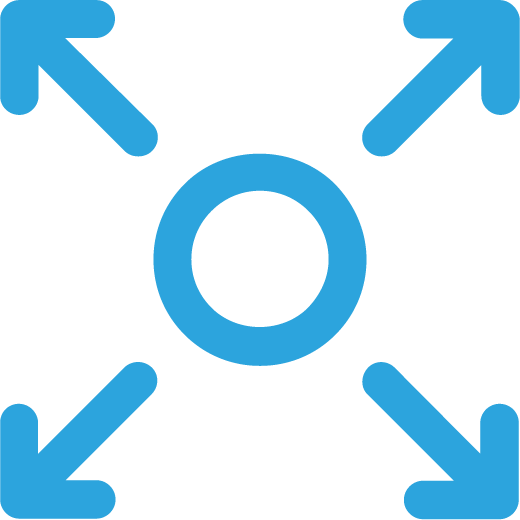
Created strong talent pool through targeted capacity building
what we have achieved
15+
collaborative research studies conducted
84.5M
audience reached both online and offline about adolescent issues
US $34M
raised from 17 funders
4 formal commitments
received from central and state government bodies to scale innovations for adolescents and young people through government channels
Developed the Youth Advocacy Guide
in coordination with Ministry of Health and Family Welfare
Increased stakeholder awareness and action by facilitating peer learning and knowledge sharing
community of practice
400 Individuals
270+ organisations
Created open-source tools and resources collaboratively
for the sector to improve access to tools and knowledge
Launched 3 adolescent-driven campaigns launched
- Access and accountability for sexual adn reproductive rights
- Teenage Pregnancy
- Stigma and Discrimination Campaign
Empowered 800 Youth Champions
and volunteers to advocate for their rights
Increased knowledge, motivation and behavior
of youth leaders vis-à-vis adolescent issues through youth engagement efforts
Collaborative Action
This is the functional backbone that enables the other impact pathways to achieve their outcomes
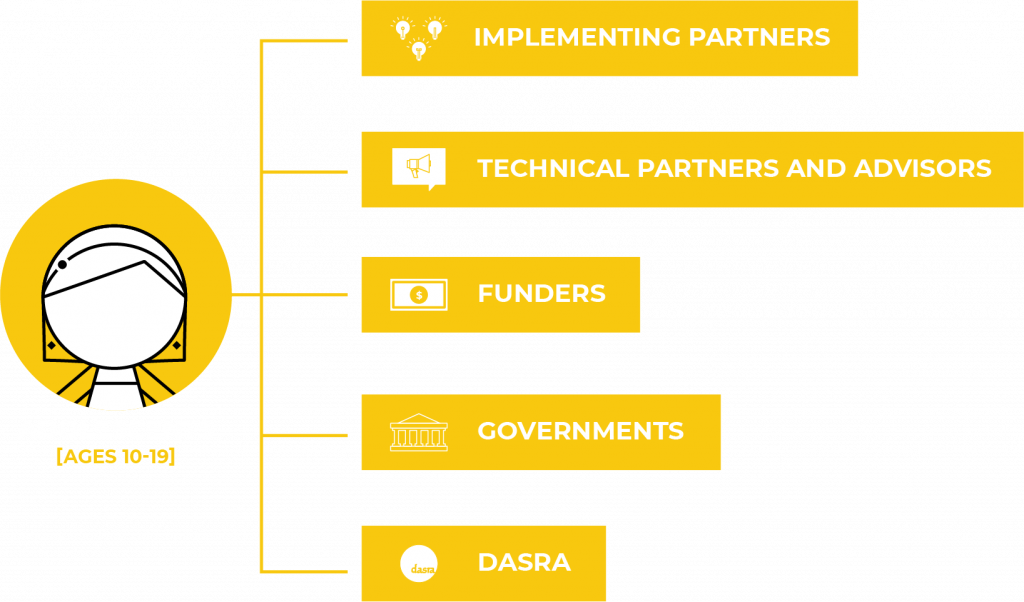
- Chief Facilitator and project manager of the Collaborative
- Manages funder engagement and fundraising, provides capacity building support, leads field building efforts
Provide funding, strategic advice and direction to the Collaborative
- Carry out program interventions across 4 areas
- Demonstrate best practices for state and national governments to adopt and scale up
- Identifies areas of research, evidence, design and implementation that need civil society support
- Uses knowledge and insights to enhance program and scheme delivery
- Provide expert guidance in the areas of research, design and evidence
Having made significant progress in our first phase of implementation, 10to19 recognized the need for necessary evolutions to our model to continue to transform the lives of adolescents in the next phase of our journey.
In August of 2020, we kicked off a strategic review and future planning exercise for the Collaborative- documenting our progress, assessing what went well and what are key areas of improvement and future focus. We are now beginning to put in place plans and goals for the next 5 years.
The next phase of 10to19 will see sharper strategic priorities, a more fleshed out operating plan and an evolved implementation model to meet the changing needs of young people and the field, while optimizing the current project portfolio.
We hope to carry forth our momentum and unique role towards better articulate our differentiated role in building up the field of adolescent health and wellbeing into a more mature and sustainable sector


